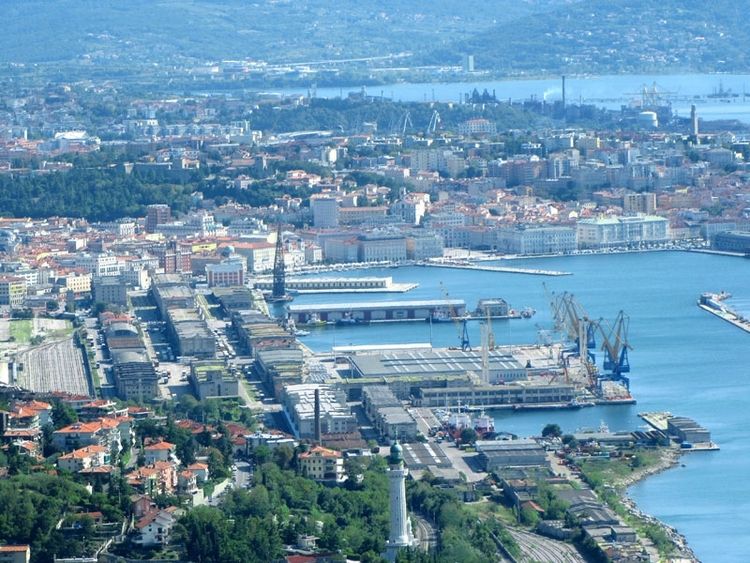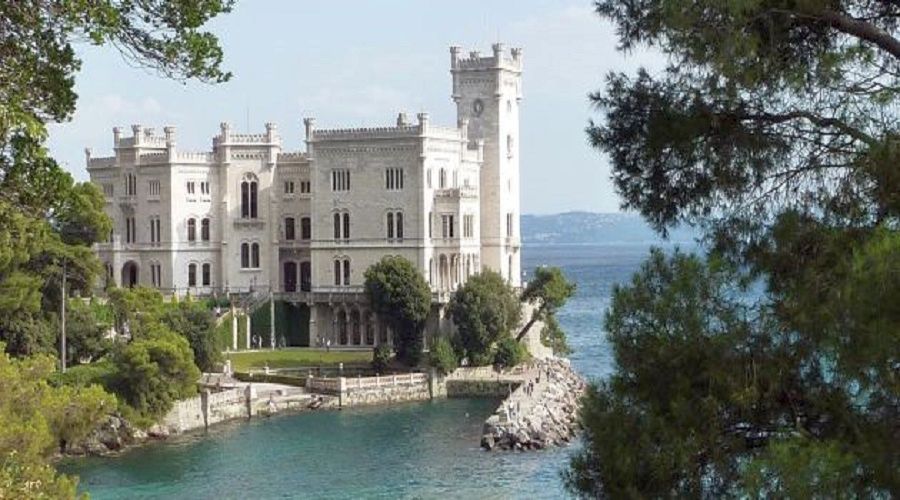-
Day
01Departure Zagreb - Lom (SLO - rest area) - arrival in Trieste, free time, Return Trieste Lom (SLO - rest area) - arrival in Zagreb
- Departure at 07:00 in front of the Lisinski Hall (or by arrangement)
- Drive to the border crossing Bregana (CRO) / Obrežje (SLO)
- Continue driving through Slovenia (near Ljubljana) to the Lom Odmor rest area (SLO), rest approx. 15 minutes
- Continue driving to the border crossing Sežana (SLO) / Ferenetči (I).
- After the border, drive towards Trieste, expected arrival in Trieste around 10:30 AM
- Upon arrival in Trieste, disembark at the underground garage "Park San Giusto", then sightseeing and free time at your own discretion until 6:00 PM
- At 6:00 PM, meeting at the van in the underground garage "Park San Giusto", boarding the van and departure from Trieste
- Continue driving to the border crossing Ferenetči (I) / Sežana (SLO)
- Further along the highway towards Ljubljana (SLO) to the rest area Lom (SLO), rest for about 15 minutes
- Continue driving to the border crossing Obrežje (SLO) / Bregana (HR)
- After the border crossing, we drive through Croatia to Zagreb
- Expected arrival in Zagreb around 8:30 PM.
One day trip to Trieste
13 HoursEnjoy the beauty of Trieste
If you head along the coastal promenade towards the city centre, you will quickly notice numerous palaces that are reminiscent of Vienna or other Austrian cities. This is not surprising, considering that Trieste was part of the Habsburg Empire for most of its modern history. More precisely, with short interruptions, it spent almost six centuries under Habsburg rule and developed into the most important port and one of the largest cities of the Monarchy.
Soon, a view opens up on the left towards the Grand Canal, a canal that shares its name with the much more famous version in Venice. Although it is not nearly as large or famous, it is one of the most charming parts of the city. Several bridges that cross the waterway, restaurants and cafes lined up along it and the church of Sant’ Antonio Taumaturgo, which is located at the end of the canal, are one of the most beautiful views of Trieste.
At the Canal, the coastal promenade widens, and the bay suddenly opens up, and your view suddenly stretches for kilometers into the distance. If you continue along the coast a little further towards the city centre, you will come to the passenger part of the port of Trieste, the largest cargo port on the Adriatic. This is one of the city's special features - the passenger terminal is located directly opposite the main city square - Piazza dell'Unita d'Italia (Italian Unity Square). Since the main square is shaped like the letter 'u', the entry of a cruise ship into the port acts as a joyful welcome for a guest arriving in your living room, just as the merchant ships that brought Trieste immense wealth were once joyfully welcomed.
One of the places you must visit is the iconic cafe "Illy", where the culture of producing and drinking coffee is at its peak. In Trieste, coffee has a special terminology when ordered: espresso - "nero", macchiato - "capo", cappuccino - "caffelatte".
-
Kombi Mercedes Vito VIP
Itinerary
Cost Includes
- Mercedes Vito van transfer
- parking garage "Park San Giusto",
Cost Excludes
- travel insurance
- personal order costs,
- any costs not mentioned,
- diversions












